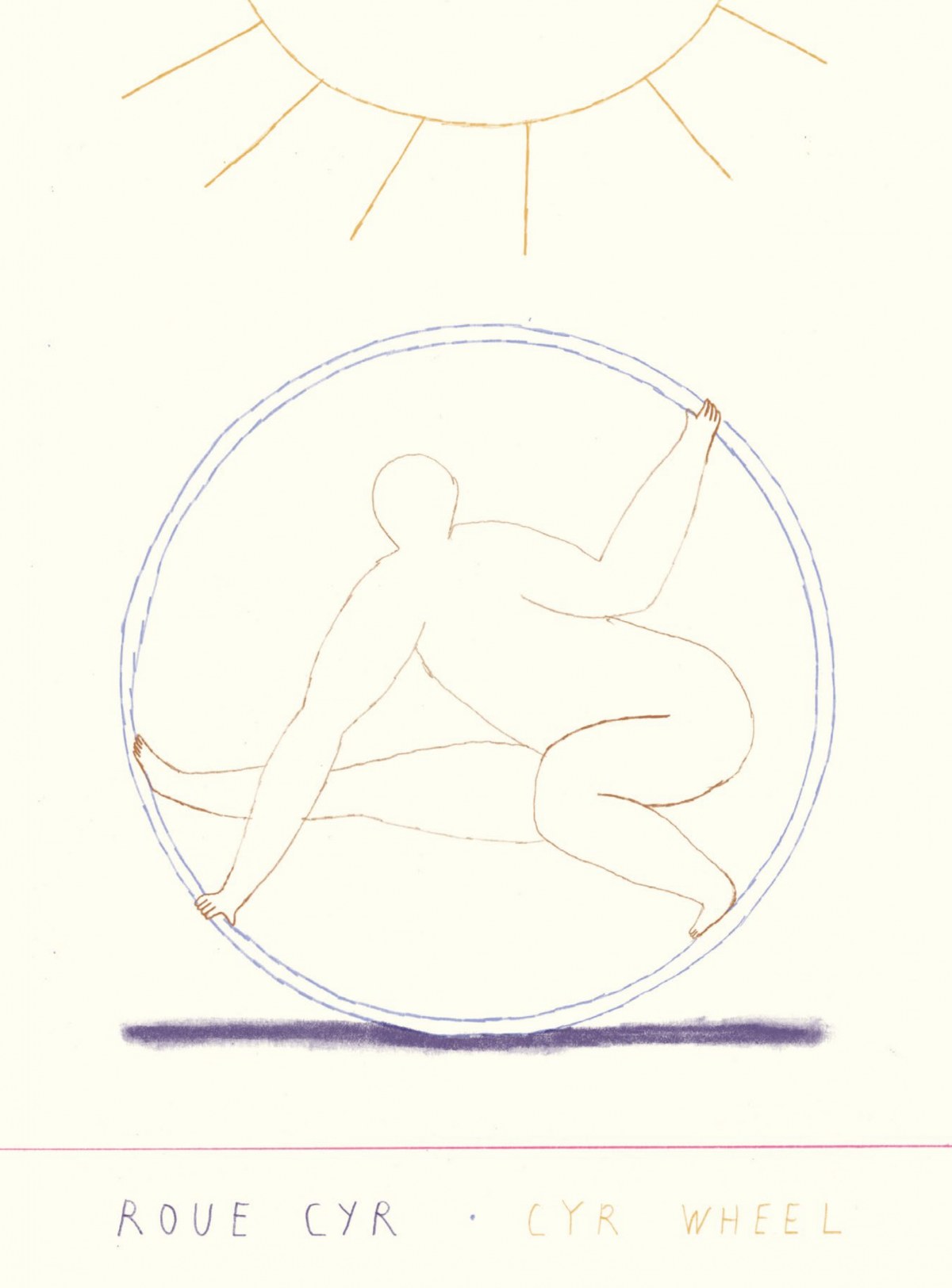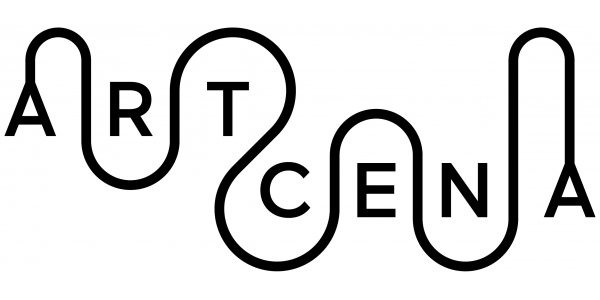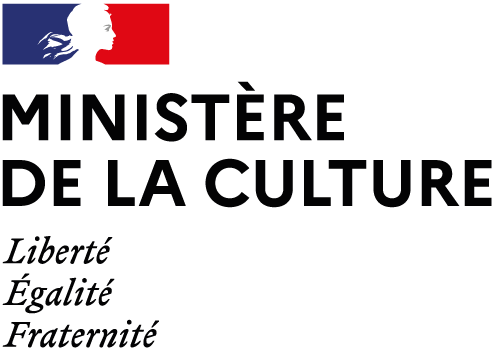20 STORIES OF CIRCOSTRADA - CELEBRATING THE 20TH ANNIVERSARY OF THE NETWORK: Crossing paths - an article by Eleftérios Kechagiouglou

We joined Circostrada in 2015. For Le Plus Petit Cirque du Monde, that year was an important turning point. We had just finished our new building in Ba- gneux, on the outskirts of Paris. A venue but also a community art centre, it meant that for the first time we had our own space in which to run a continuous artistic programme. Our local area is economically quite a disadvantaged one, with a large immigrant population coming from countries in Africa. For us, it was really important to create connections at home and overseas. So we started to build collaborations with artists from Afri- ca, and began creating links with French Guiana, Francophone territories in the Western Indian Ocean, and Madagascar. At the end of 2015 we got an invite to Ethiopia to visit the first African Circus Arts Festival. Organised by Fekat Circus, it took place in Addis Ababa and was just an amazing event. We stayed in a hotel with around 80 young African artists from all around the continent. The festival itself was spread over a big open space in the city. It was outside, the end of November – one of the best times to visit Addis Ababa because it’s very sunny. The festival itself was almost like a rock concert. There were young artists from Zambia, South Africa, Senegal, Kenya, Egypt, and of course from Ethiopia. Every evening lasted five hours because they always showed lots of different groups with live music. There were something like 3000 visitors coming in every day. In April 2017 we went back to help Fekat Circus build a strategic plan for cooperation between Ethiopian circus organisations, and at the same time sug- suggested to Stéphane Segreto-Aguilar, the coordinator of Circostrada, that the second edition of the African Circus Arts Festival could be the perfect occasion for one of the network’s research trips. Fekat Circus were interested in making connections with Europe, so they also joined Circostrada themselves. The trip itself happened in 2018, and the festival was once again an amazing experience. There were artists from Morocco, Senegal, Guinea, Kenya, Mozambique, and many other countries. I convinced two other Cir- costrada members from France, Yveline Rapeau from La Brèche / Cirque Théâtre d’Elbeuf and Patricia Ka- pusta from Le Prato, to come and we had the idea to work together on cooperation for the Institut fran- çais’ Africa 2020 season. That resulted in a big project Africirques and part of that was a three-year cooperation with Fekat Circus, Project CROSS, where artists from Fekat worked alongside artists from the French company Cie Kiaï. They made a show which is still touring and performing today. For Circostrada, I think the trip to Ethiopia was a time of opening up. I’d participated for years in various European networks and the focus was always on how to create cooperation in Europe and how to build a European identity. But the world has changed, and the idea of European identity is expanding. Now Circos- trada is more than a European network. For us, collaborating with Fekat and other companies has changed our perspective. In Europe, there is more separation between artistic, community, and outreach activities. In African countries, artists and organisations don’t have the luxury of making these divisions; they put it all together. But it gives them a more global, more holistic view of what it means to be an artist. Seeing that helped us to be more confident in how we mix artists and communities.
Eleftérios Kechagioglou is the Director of Le Plus Petit Cirque du Monde.
John Ellingsworth works as a writer and editor in the cultural field. He has worked on projects and publications for Kulturrådet, IETM – international networkfor contemporary performing arts, Dansehallerne, ELIA – European network for higher arts education, Flanders Department of Culture, Youth and Media, EDN – European Dancehouse Network, and others. He also works as a data analyst and researcher for the cultural mobility network On the Move, recently authoring several reports on digital mobility and environmental sustainability in the context of cross-border collaboration.






write us: infocircostrada@artcena.fr